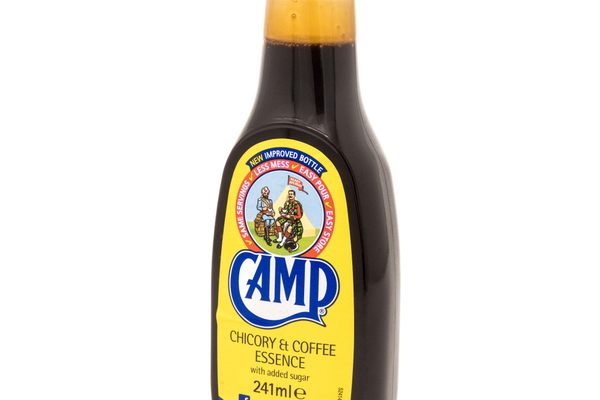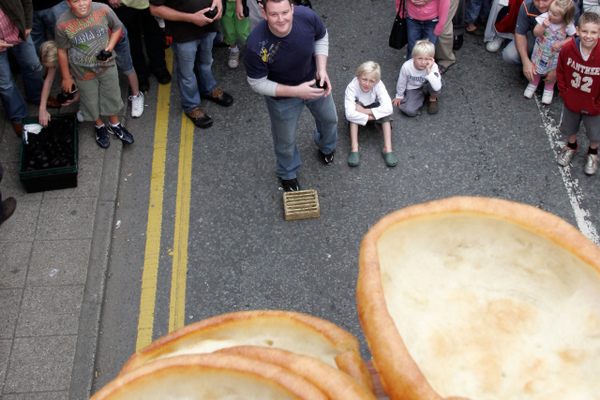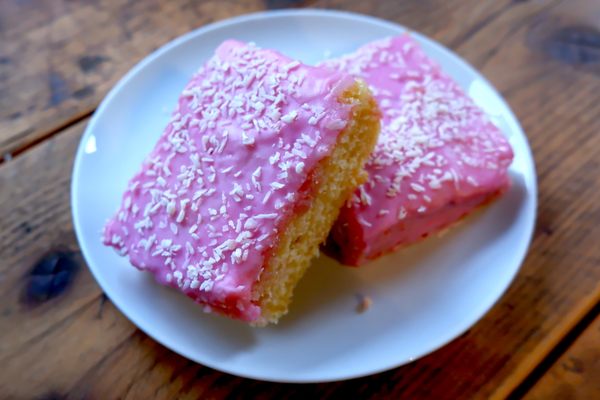A stuffed sheep’s stomach soars through the air, spinning rapidly before thudding to the ground. The boiled exterior, free from any tears, still holds the organs crammed inside. A perfectly preserved pudding means it was a well-thrown haggis.
This is haggis hurling, one of Scotland’s stranger sports. Contestants climb atop a platform, usually an overturned whisky barrel, and lob a boiled sheep’s stomach stuffed with sheep pluck (a sheep’s heart, liver, and lungs), onion, oatmeal, suet, and spices. The goal is to throw the haggis, Scotland’s national dish, as far as possible. Each haggis is inspected prior to hurling to ensure the food hasn’t been enhanced with firming agents.
Haggis hurling began when Rob Dunseath, an Irishman, placed a newspaper ad about reviving the “ancient sport” at the 1977 Gathering of the Clans. Allegedly, the game arose from a 17th century custom where women tossed haggis to their husbands while they worked in the bogs. The men caught the airborne puddings in their kilts.
Dunseath eventually became the president of the World Haggis Hurling Association and wrote a book about the sport’s history. Decades later, he revealed the whole thing was a hoax—he originally placed the advertisement to gauge the gullibility of the Scots.
But his revelation didn’t stop people from partaking. Haggis hurling is still popular at highland games and festivals throughout Scotland and countries with Scottish pockets. The World Haggis Hurling Championship is held annually and the current world haggis hurling record was set by Lorne Coltart, who managed a 217-foot throw at the Milngavie Highland Games in 2011. Dunseath, meanwhile, has said that he finds it surreal that people still hurl haggis.
Written By
 Kerry Wolfe
Kerry Wolfe
Sources
- www.ctvnews.ca/lifestyle/new-record-set-at-scottish-haggis-hurling-championships-1.3262760
- www.thesun.co.uk/archives/news/537040/man-behind-great-haggis-hurling-hoax/
- www.worldtravelguide.net/features/feature/a-dispatch-from-the-haggis-hurling-championships/
- www.scotland.com/blog/haggis-hurling-an-unusual-sport
- www.scmp.com/news/world/europe/article/2066495/no-guts-no-glory-haggis-hurler-sets-new-record-world-championships
















